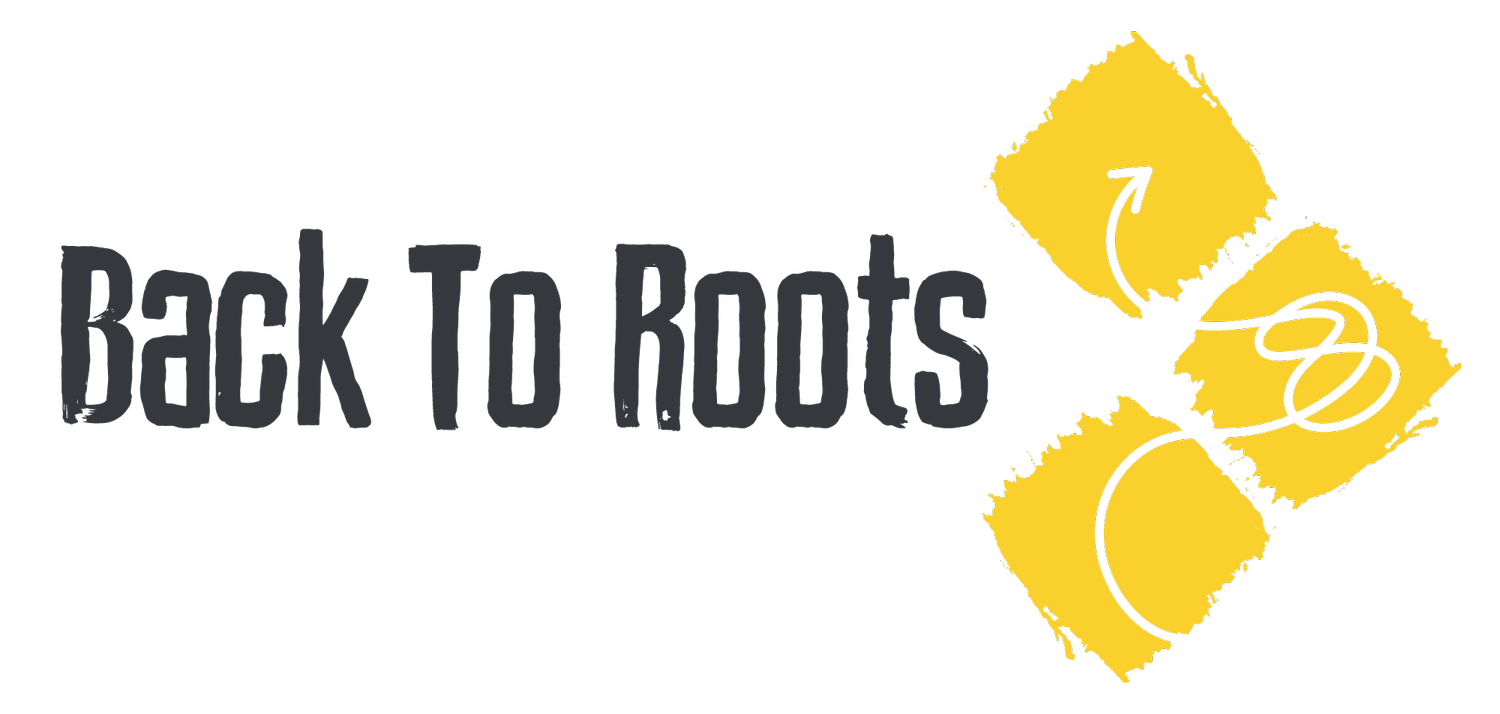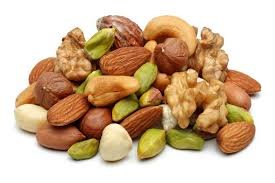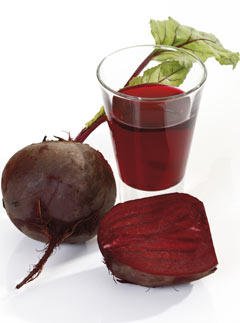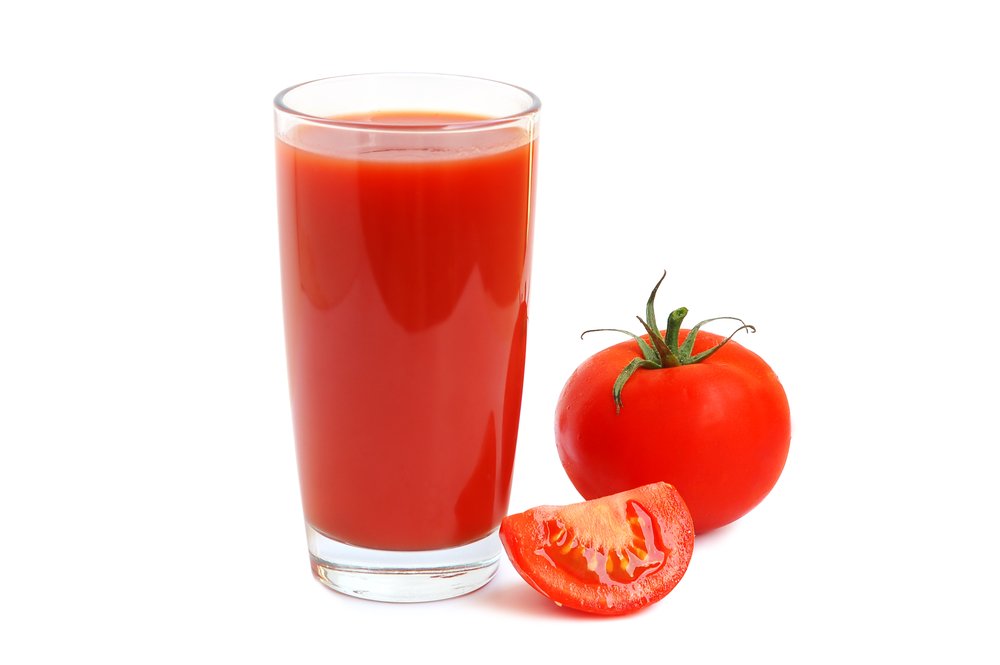Eating Habits IX - Snacking for your 90%
Snacking constitutes everything you eat during the day that isn't considered a meal.
Snacking is in the large part, where folk fall by the wayside when it comes to controlling their diet and their indulgences. If all we get right is a framework to help us snack better, then we have had a good day. A good snack for me is not necessarily a good snack for you, but some of my strategies will help most people. Lets dive in.
SNACKING FOR 90 PERCENT WHOLE & MINIMALLY PROCESSED FOOD
In our kitchen article of this series we put our veggies out on display somewhere accessible (point 4), preferably next to the fridge as this is where many of us fall down. Here we also discussed 'first seen, first eaten'. The next point in this series combines both of those, a bit like a super-point. Pre-cut your vegetables and stock them on one of the easily accessible shelves in your fridge. Whenever I cook my veggies I cook as many as I can get in my steamer and stock the rest in a tray for the next day(s).
Figure 1: As you work your way through the Luke R. Davies plan you will become very accustomed to cooking vegetables, hopefully you enjoy (or can learn to) roast dinner type meals! Always cook as much as you possibly can. Leftovers are kept in a large tray in fridge (as shown) for work the next day or for easily reheated snack meals. This is an essential time saving habit. The quicker you get on board this routine of bulk prepping the quicker you can streamline your healthy eating around your busy life.
BULK COOK VEGETABLES AND STORE IN FRIDGE
An equally effective spin on this point is pre-cutting those veggies that do not need cooking and having them ready to go in your fridge.
Figure 2: Pre cut veggies. Ideal for busy lives and families, cut up anything that doesn't have to be cooked, in bulk, and store in clear container on the most convienient shelf of you fridge. Here is celery and carrot. Other examples might include peppers, cucumber, tomatoes....
In sight, in mind is an extremely effective habit to get right. An Ice cream container wrapped in foil so it could not be seen was a third less likely to be eaten within a week1. For the exact opposite reasons, we want to place nutritious veggies in view so they are eaten as regular as possible.
Fruit is a great snack, ensure you have a blossoming fruit bowl (recall point 1). If possible emphasise high fibrous fruits containing less sugar (calories more specifically), berries are super nutritious.
Figure 3: Berries have a high fibre content and are bursting with nutrition.
All fruits are bursting with nutrition and a variety is important for both health and enjoyment. Some fruits carry a greater calorie punch than others, simply bare this in mind.
With regards to the rest of your 90% whole and minimally processed snacking, ask yourself two questions;
- Does this food in anyway resemble its original whole food product
- Does my body generally react negatively (upset stomach, skin rash, energy levels...) when I consume ________(wheat, nut, soy, dairy.....)
Remember, this is a heuristic framework that does require some initiative and some common sense. The bulk of your eating should be at meal time, snacking should be for in-between or for days on the go and always falling within your calorie target.
Once you become familiar with this framework you can be as creative in combining any number of options for nutritious, delicious healthy snacking behaviour. See below for examples of snacking I use by asking those two questions. Where possible it is advisable to make foods yourself. Where this isn't possible, ask the same questions when diving into a supermarket or convenience store.
Whole bread.
*While I prefer whole bread, white is also fine as part of your new balanced eating.
Dairy - greek yoghurt, cottage cheese, skyr, quark (shown here)
Nuts and seeds
Nut butter
Beans - edamame shown
This article is not designed to give an exhaustive list of possible foods to snack with however it is to help provide your framework of healthy snacking behaviour which can constitute the bulk of our eating.
In the next article, navigating our ten per cent is the focus, the stuff we love but know we should eat less of!
Luke R. Davies :)
REFERENCES
1. Wansink, B. (2016). Slim by Design: Mindless Eating Solutions for Everyday Life, Notting Hill Gate, London, UK. P.56.











